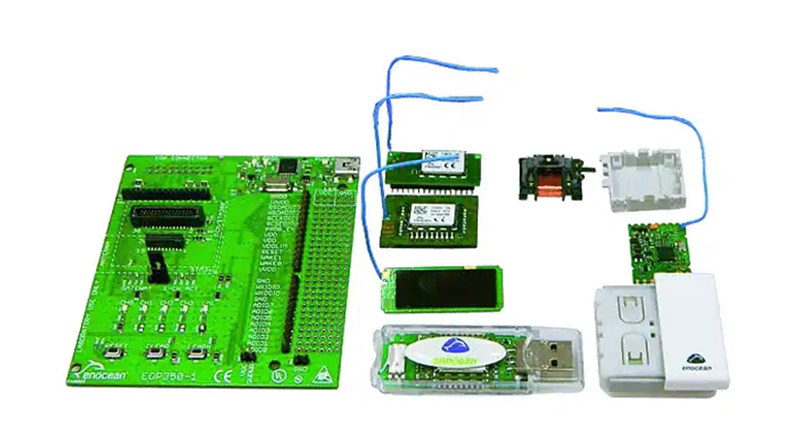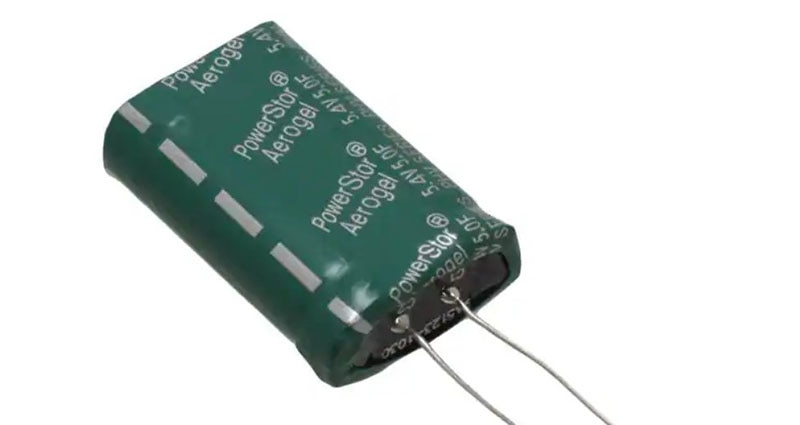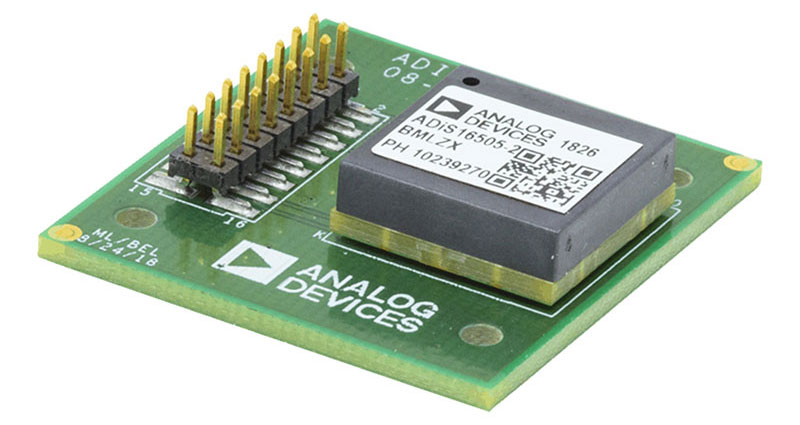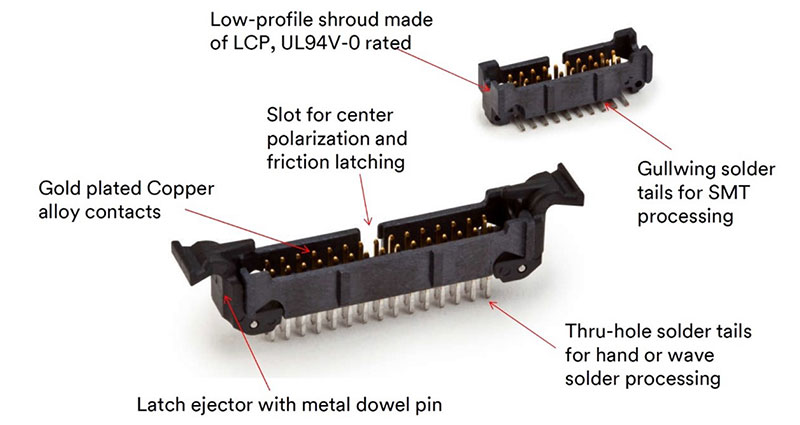How and When to use Energy Harvesting to Power the Massive IoT
The rollout of 5G is causing an explosion in the number of Industry 4.0 wireless sensor networks, smart logistics, smart cities, smart agriculture, and other massive IoT applications. In the process, it is presenting designers with a unique opportunity to reconsider many aspects of network architectures, including new power paradigms.
Providing scalable and reliable power to billions of wireless nodes is a challenging problem. If not solved, the rollout of the massive IoT will be impeded. Just using more batteries won’t be enough. Batteries will have to be supplemented or eliminated in a growing number of instances. In their place, various forms of energy harvesting (EH) will be needed to power large parts of the massive IoT. Fortunately for designers, EH technologies have continued to advance, making them an increasingly attractive alternative for powering massive IoT devices.
This blog briefly reviews the challenges presented when powering billions of massive IoT wireless nodes and some factors to consider when determining if EH can provide a viable solution. It then reviews energy harvesting power management ICs from EM Microelectronic and Nowi, and development environments to speed the evaluation of EH in the massive IoT.
Five factors to consider while deciding how to power massive IoT nodes are:
- Data rate
- Transmission range
- Latency
- Operating environment
- Environmental impact and management/logistics
The data rate, range, and latency impact the peak and average power needs of the node and are dependent upon the wireless communications protocol being employed. For example, when using Bluetooth low energy, a 10 centimeter (cm) square photovoltaic (PV) panel can support periodic transmissions of data packets approximately:
- Every 100 milliseconds (ms) under interior lighting levels found in retail stores
- Every 200 ms under lighting levels in typical office environments
- Every 2 seconds (s) under lighting levels found in warehouses and factories
The operating environment also impacts the suitability and cost of batteries. In relatively benign environments such as retail stores or offices, less expensive batteries can provide reasonable operating lifetimes, making EH relatively more costly. If the wireless node is deployed in a harsh industrial or outdoor environment, a more expensive battery chemistry will be required, making EH relatively more attractive.
Environmental impact and management issues also enter the picture. Primary batteries have a limited lifetime, which increases the number of battery replacements needed, increasing maintenance and management/logistical costs, and resulting in a negative environmental impact from battery disposal. To address these numerous issues, designers can select from several alternative EH-enabled power architectures:
- Primary battery power with supplemental EH to extend battery life, maintaining the benefits of battery power while reducing the negative impacts
- Rechargeable battery combined with EH to provide a longer life and eliminate battery replacement
- Capacitors or supercapacitors combined with EH for a battery-free system and the longest lifetime
EH controller and power management IC
For applications that can benefit from a combined power management IC (PMIC) and EH controller, designers can turn to the EM8500 from EM Microelectronic. This PMIC provides maximum power point tracking (MPPT) for the EH source and four independent output voltages for various system functions (Figure 1). It can interface with a variety of EH technologies, including thermal electric generators (TEG) and PV cells in the microwatt (µW) to milliwatt (mW) range. The EM8500 can be used in combination with primary or secondary batteries, conventional capacitors, or supercapacitors. The model EM8500-A001-LF24B+ is packaged in a 4 x 4 mm 24-pin QFN.
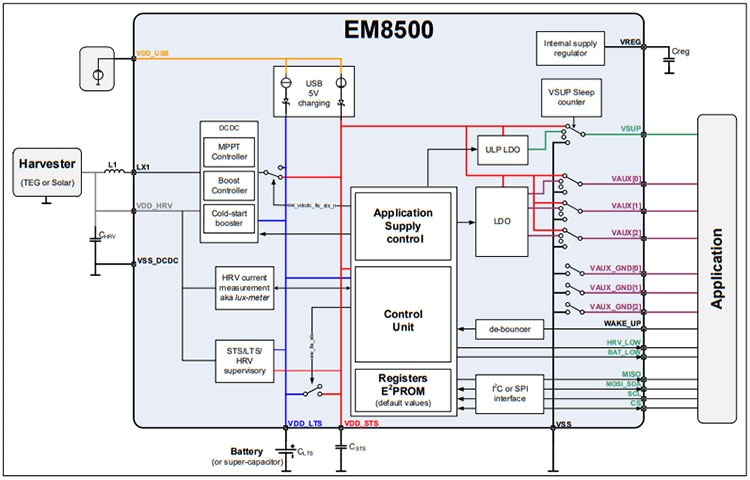 Figure 1: The EM8500 PMIC includes MPPT for the EH source and provides four output voltages for the system. (Image source: EM Microelectronic)
Figure 1: The EM8500 PMIC includes MPPT for the EH source and provides four output voltages for the system. (Image source: EM Microelectronic)
EM8500 dev kit
Designers can use the EMDVK8500 development kit to configure and evaluate the EM8500 (Figure 2). This dev kit includes the software needed to configure the EM8500 and the tools to measure the performance of the resulting solution.
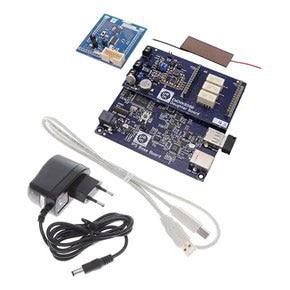 Figure 2: The EMDVK8500 can configure the EM8500 PMIC and measure the performance of the resulting solution. (Image source: EM Microelectronic)
Figure 2: The EMDVK8500 can configure the EM8500 PMIC and measure the performance of the resulting solution. (Image source: EM Microelectronic)
EH controller IC and eval board
For designs that don’t require a complete power management solution, the NH2D0245 from Nowi is a compact, high-performance EH controller with MPPT for low-power applications in a 16-lead, 3 × 3 mm QFN package (Figure 3). The NH2D0245 can be used with various EH sources, including PV, inductive, and piezoelectric, as well as energy storage devices such as rechargeable batteries or supercapacitors. The MPPT algorithm operates independent of the specific harvester and can detect the maximum power point with an interval of 1 s, maximizing efficiency in dynamic environments.
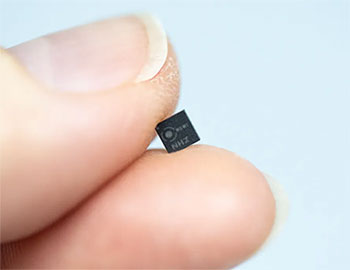 Figure 3: The NH2D0245 EH controller includes MPPT and comes in a tiny 3 mm square QFN package. (Image source: Nowi)
Figure 3: The NH2D0245 EH controller includes MPPT and comes in a tiny 3 mm square QFN package. (Image source: Nowi)
The NH2D0245 EVAL BOARD is designed to speed testing of the performance and features of the NH2D0245 (Figure 4). To use this eval board, an energy harvester, a battery or supercapacitor, and multimeters are needed. If an EH with an alternating current (AC) output such as a piezoelectric harvester is used, a rectifier must be added between the EH and the eval board’s direct current (DC) input.
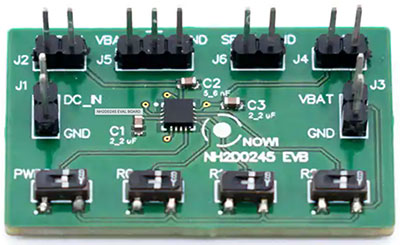 Figure 4: The NH2D0245 evaluation board can speed testing of the features and performance of the EH controller. (Image source: Nowi)
Figure 4: The NH2D0245 evaluation board can speed testing of the features and performance of the EH controller. (Image source: Nowi)
Conclusion
The rollout of the massive IoT being enabled by 5G will provide designers with exciting challenges and opportunities to reconsider how wireless nodes are powered. A variety of technical, environmental, and economic factors have to be considered to determine the optimal power architecture for each application. It will be necessary to use a variety of EH-based approaches to enhance the capabilities of batteries. In many instances, EH will be combined with primary or secondary batteries, conventional capacitors, or supercapacitors.

Have questions or comments? Continue the conversation on TechForum, DigiKey's online community and technical resource.
Visit TechForum






